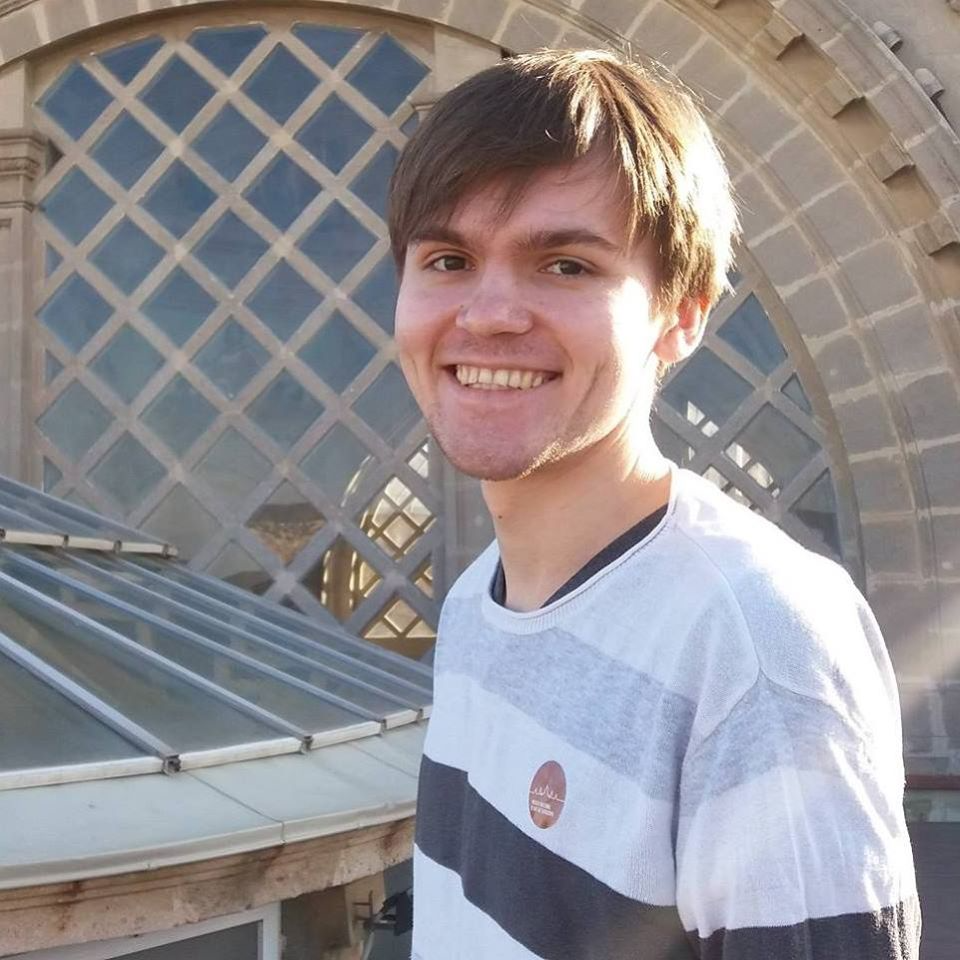Properties of Coherent Vibrational Wavepackets Critically Depend on the Method of Their Generation
Marcin Andrzejak, Grzegorz Mazur, Andrew J. Musser, Piotr Petelenz, Tomasz Skóra
Published in The Journal of Physical Chemistry C, 2024
Andrzejak, M., Mazur, G., Musser, A. J., Petelenz, P., & Skóra, T. Properties of Coherent Vibrational Wavepackets Critically Depend on the Method of Their Generation. The Journal of Physical Chemistry C 128, 9837–9846 (2024)
It has been hypothesized in the literature that a comparison of femtosecond pump–probe spectra of vibrational coherences generated in the triplet-pair electronic state via singlet fission with those in which coherences were shaped independently by direct Raman scattering may shed light on the role of individual vibrational modes in the fission process. It has been tacitly assumed that the two spectra would coincide if the fission process itself leaves the coherences unaffected. We demonstrate that there are no theoretical arguments for these spectra to coincide since vibrational wavepackets generated in the two types of experiments are formed by different mechanisms. Formulas describing the respective coherence intensities are different, containing different powers and different values of the descriptors of the electronic transitions involved. These descriptors are Franck–Condon parameters, here obtained from quantum chemistry calculations. The problem is illustrated in the example of 13,13′-bis(mesityl)-6,6′-dipentacenyl (DPMes) for which experimental spectra of both kinds were published. We show here that among the main factors governing the form of the vibrational wavepackets generated in the two kinds of experiments are the energy profiles of the coherent light pulses emitted by the pumping lasers. When the factors mentioned above are not taken into account, the comparison of the resulting coherences may lead to confusing interpretational artifacts. The same is expected to be valid also for a plethora of other applications of broadband impulsive vibrational spectroscopy.
